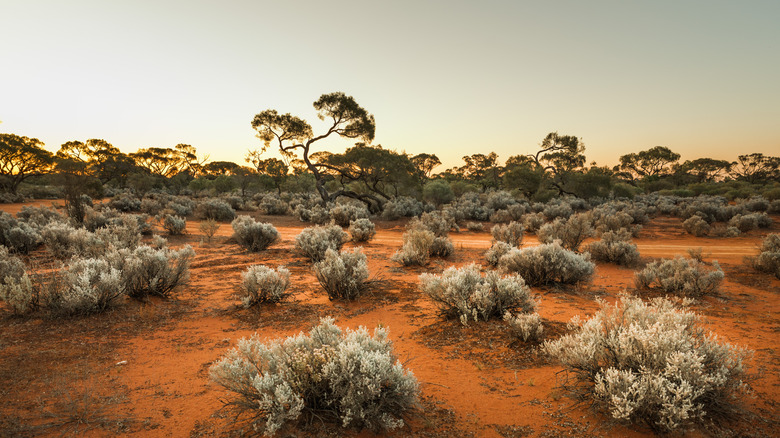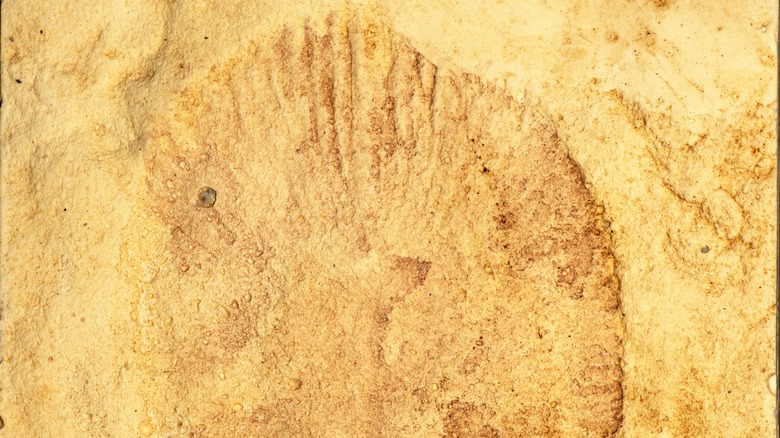History and tours
The fossils, referred to as the Ediacaran biota, vary dramatically in size. They’re from the Ediacaran Period, a time when the supercontinent Rodinia broke up and sea levels rose. “To think this area was once a shallow seabed and to think it gave rise to the first evidence of animal life is truly amazing and incredibly special,” Minister for Climate, Water, and Environment Susan Close told InDaily.
The Adnyamathanha People, whose land the fossils reside on, knew about the fossils first. In 1946, geologist Reg Sprigg brought them to the public’s attention. Since then, scientists have been studying them; and now, they’re on display for all to see. You can visit the red, rocky terrain the fossils are imprinted upon either by yourself or with others on a guided group tour. The tours cost $195 AUD per person and last for about three hours. During this time, you’ll visit the stone Nilpena Depot Woolshed, have an audio-visual experience, explore the Nilpena Fossil Fields, and more, all while learning from an accredited tour guide.
When to visit

The South Australian government and the Flinders Ranges Ediacara Foundation, a foundation that’s committed to education and preserving the fossils, partnered to create the national park and make their findings accessible, both for scientists interested in research and for the everyday person who wants to learn more.
With that being said, the Flinders Ranges Ediacara Foundation recognized that getting to the fossils can be difficult, meaning not everyone will be able to see the fossils as they are. Thus, they helped create the Blacksmith’s Shop to ensure everyone could have a fascinating and informative experience. It includes audio-visual installations and displays of fossils. The Instaworthy place in Australia is great for people of all ages, including children.
The best time to visit, according to the National Parks and Wildlife Service of South Australia, is when the temperature is cooler, so April through October make for the ideal time to go. If you’re eager to learn about and see the remains of some of the earliest organisms on earth, take a trip to the Nilpena Ediacara National Park.

